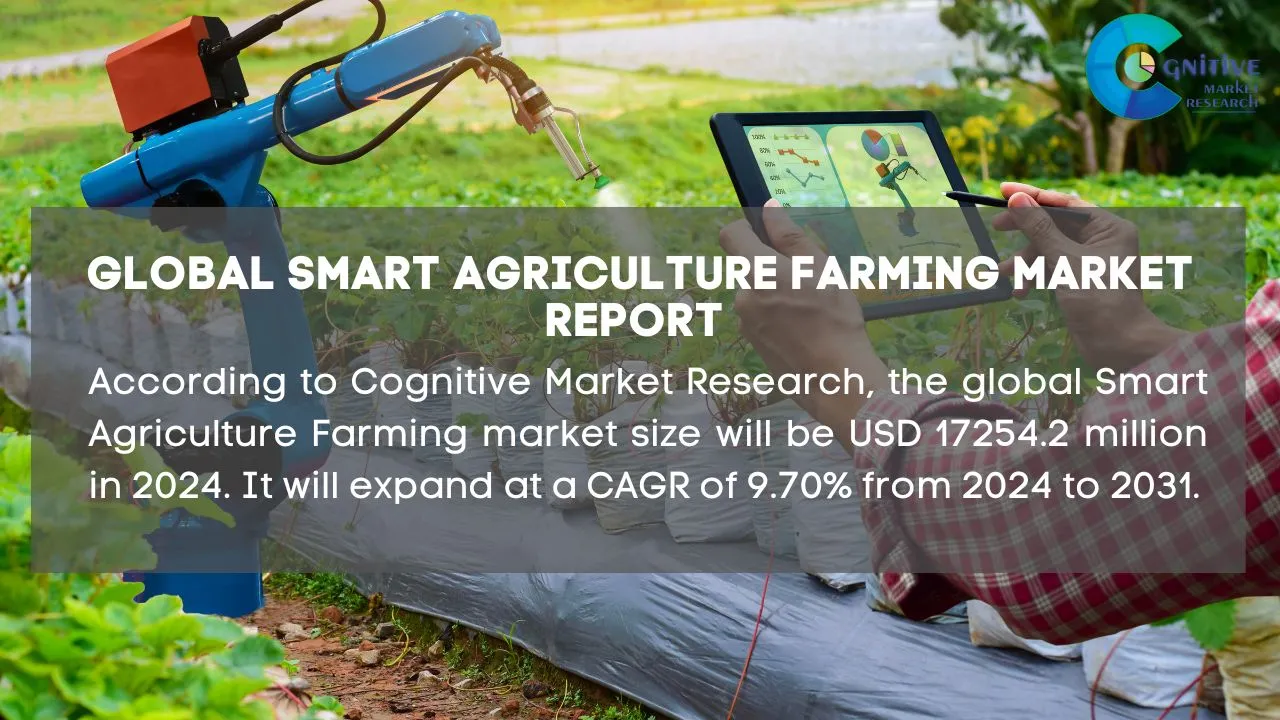Smart Farming Boosts Gulf Food Output is no longer a distant dream but a reality in the Gulf nations. In 2025, a series of successful pilot projects across countries like the UAE, Saudi Arabia, and Qatar have delivered a remarkable 40% increase in food output. The success is driven by the application of smart technologies, precision agriculture, and AI-driven solutions. These innovations are reshaping the future of farming in one of the world’s most water-scarce regions.
A Region Facing Agricultural Challenges
The Gulf Cooperation Council (GCC) countries have long struggled with food production due to extreme weather, limited arable land, and water scarcity. Historically, these nations have relied heavily on food imports, which account for more than 85% of food consumption. However, the growing demand for food security, driven by population growth and supply chain disruptions during recent global crises, has forced the region to look inward for sustainable solutions.
Smart Farming Boosts Gulf Food Output Through Technology

In 2025, the phrase Smart Farming Boosts Gulf Food Output became a top focus in regional agriculture reports. Smart farming techniques include sensors for soil health, drones for crop monitoring, automated irrigation systems, vertical farming, hydroponics, and data analytics. These technologies help farmers make precise decisions that improve crop yield and reduce water consumption.
For example, in the UAE’s Al Ain region, vertical farms using LED lighting and AI monitoring have reported a 45% increase in leafy green production. Similarly, in Riyadh, Saudi Arabia, sensor-based drip irrigation systems have minimized water usage while increasing tomato yields by 35%.
40% Output Surge in Pilot Projects
The pilot projects implemented across the Gulf nations reported an average 40% increase in food output. These were conducted over a span of 12–18 months under the supervision of agricultural research institutes and tech-based startups. Crops like lettuce, tomatoes, strawberries, and herbs showed significant growth due to improved environmental control and real-time monitoring.
The Ministry of Climate Change and Environment in the UAE revealed that pilot programs using hydroponic systems produced 25% faster crop cycles with higher nutrition levels. These projects used 90% less water than traditional farming methods a breakthrough for desert farming.
Government and Private Sector Partnerships
Much of the success behind how Smart Farming Boosts Gulf Food Output is owed to strong public-private partnerships. Governments have launched incentive programs and tax breaks for agritech startups. Simultaneously, private sector giants in AI and IoT have invested heavily in agriculture R&D.
In Qatar, the Supreme Committee for Agricultural Innovation collaborated with local startups to build smart greenhouses that use AI to predict plant diseases. Meanwhile, the Saudi Green Initiative funded over 20 pilot smart farms, integrating drone monitoring and blockchain-based crop tracking.
Positive Economic Impact
The increase in food output has led to reduced dependence on imports, saving millions in foreign exchange reserves. Local produce availability has expanded in markets, reducing prices and improving food freshness. Farmers reported a 30% boost in their income due to lower operational costs and better yield.
Job opportunities have also risen, with new roles in agri-tech, data analysis, greenhouse management, and drone operations. This shift is gradually transforming agriculture from a low-tech to a high-skill profession in the Gulf.
Smart Farming Boosts Gulf Food Output and Sustainability

Environmental sustainability is a central pillar of these pilot projects. Vertical and hydroponic farms consume less water, use no soil, and occupy smaller land areas. Solar-powered greenhouses and low-carbon transport for food distribution were also key innovations seen in the 2025 projects.
As Smart Farming Boosts Gulf Food Output, it also helps cut down food wastage through AI-based demand forecasting and logistics planning. Food sustainability is no longer just a goal but an active outcome of smart farming adoption.
Challenges and Future Directions
Despite the successes, experts caution that smart farming is still in early stages. Initial costs remain high for small farmers. Infrastructure gaps, technical skills, and digital connectivity are key challenges. Governments are now pushing for training programs and subsidies to widen the adoption of these methods.
Looking ahead, countries are planning to scale these pilot projects into full-scale smart farming ecosystems. There is also increasing interest in exporting this model to other arid regions in Africa and Asia.
Conclusion
The success story of 2025 proves that Smart Farming Boosts Gulf Food Output in a measurable and meaningful way. With a 40% increase in pilot project yields, the Gulf is now positioned to lead innovation in desert agriculture. As technology becomes more affordable and accessible, smart farming will be critical not just for security, but for building a sustainable and self-reliant future.
Also Read – Hidden Food Allergens in Gulf Products: 22% Found Unsafe



